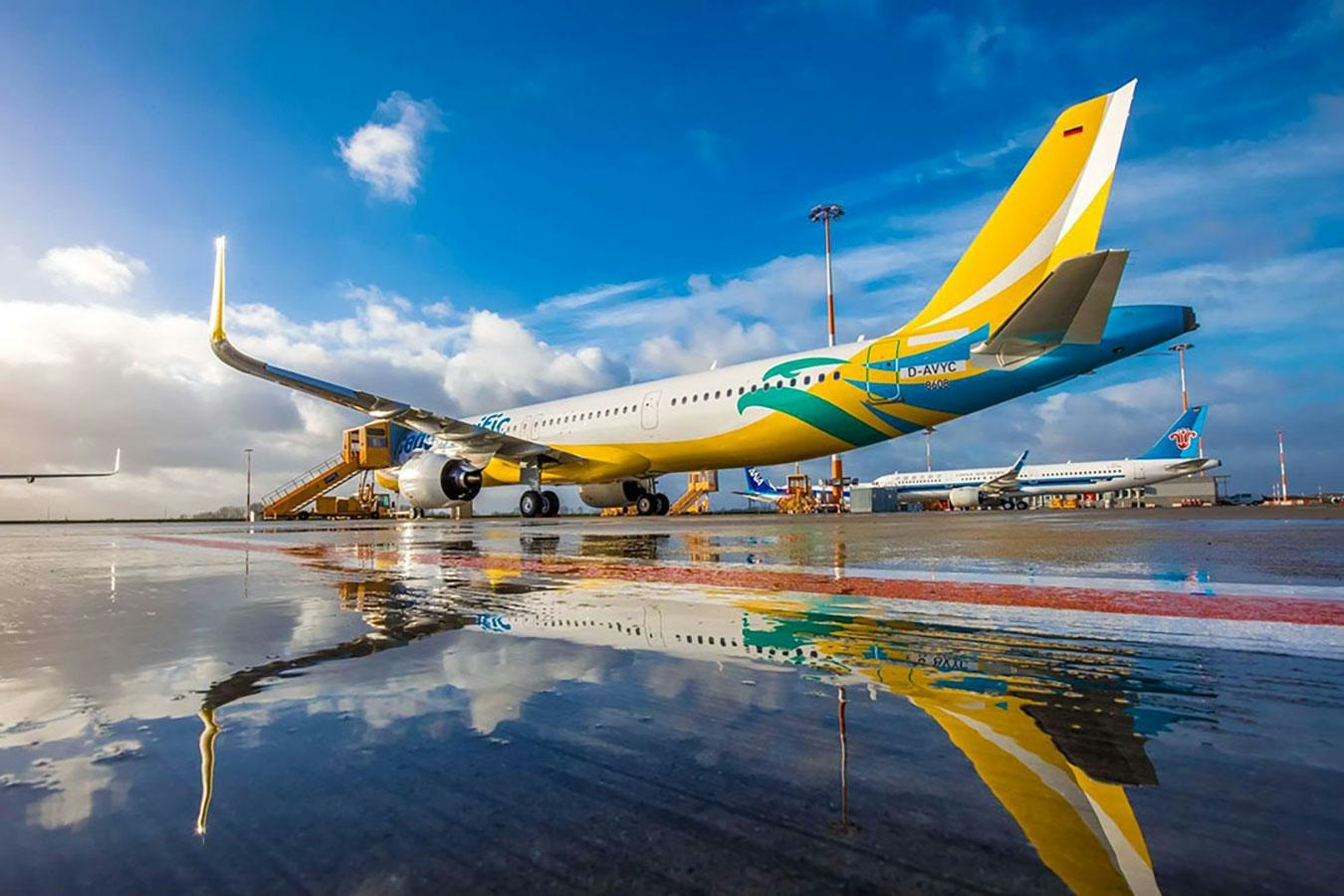
AeroGenie — Uw intelligente copiloot.
Trending
Categories
The Aircraft Succeeding the Airbus A380
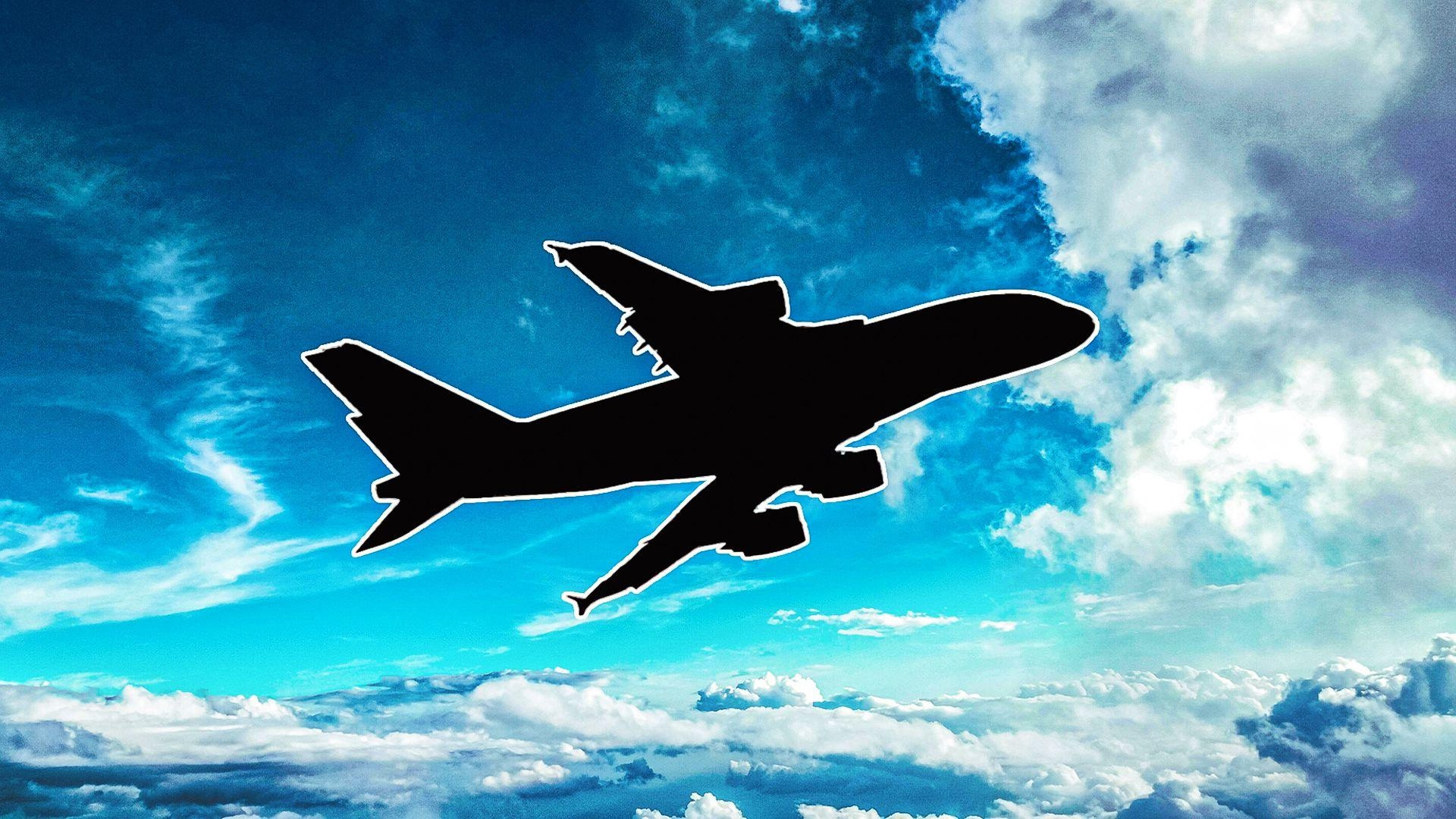
The Aircraft Succeeding the Airbus A380
The Airbus A380, celebrated as one of the largest passenger aircraft ever constructed, represented a significant milestone in aviation history. With its distinctive two full-length decks and a maximum takeoff weight exceeding 1.2 million pounds, the A380 was designed to serve ultra-high-capacity, long-haul routes connecting major international hubs. When it entered commercial service with Singapore Airlines in 2007, Airbus positioned the superjumbo as a strategic response to anticipated congestion at slot-restricted airports, directly challenging Boeing’s dominance in the high-capacity aircraft market.
Rise and Decline of the A380
Initially, the A380 found favor among a select group of global carriers, including Emirates, Qantas, Singapore Airlines, Lufthansa, British Airways, and Air France. These airlines deployed the aircraft on densely trafficked long-haul routes, capitalizing on its spacious cabin, quiet operation, and flagship status. However, the aircraft’s four-engine configuration resulted in higher fuel consumption and operating costs compared to newer twin-engine widebodies, which offered greater fuel efficiency and operational flexibility. As airlines increasingly prioritized these factors, demand for the A380 diminished.
By the early 2010s, new orders for the A380 had slowed considerably. In 2019, Emirates, the largest operator of the type, reduced its order backlog and shifted focus toward more economical aircraft such as the Airbus A350 and Boeing 777. With limited demand persisting, Airbus ceased production of the A380 in 2021, delivering the final unit to Emirates and effectively closing the chapter on the world’s largest passenger jet.
Market Transition and Emerging Competitors
The transition away from the A380 has presented challenges for the widebody aircraft market. Airlines continue to balance the need for high passenger capacity with economic and operational flexibility, amid a backdrop of geopolitical tensions and trade tariffs that have affected production and sales. Carriers such as Delta Air Lines and Spirit Airlines have faced potential disruptions, underscoring the complexities of aircraft procurement in the current environment. Despite these obstacles, Airbus has maintained steady orders for its next-generation widebodies, including the A350F freighter and the A330neo, as airlines seek to modernize their fleets with more efficient models.
Competition remains intense. Boeing has sustained sales of its 737 Max 8, recently acquired by Skymark Airlines, while Embraer’s E190 E2 is gaining consideration for domestic routes in Japan. Additionally, broader market dynamics, such as Eurofighter’s increased production in response to geopolitical instability, highlight the multifaceted factors influencing aircraft demand and procurement decisions.
The Future of Long-Haul Travel
As of mid-2025, the Airbus A380 continues to operate with a limited number of international carriers. According to ch-aviation data, 157 A380s remain in active service, including a single test and demonstration aircraft operated by Airbus. While the era of the superjumbo is drawing to a close, the future of long-haul air travel is poised to be shaped by a new generation of widebody aircraft. These models aim to strike a balance between capacity, efficiency, and adaptability, reflecting the evolving demands of the global aviation landscape.
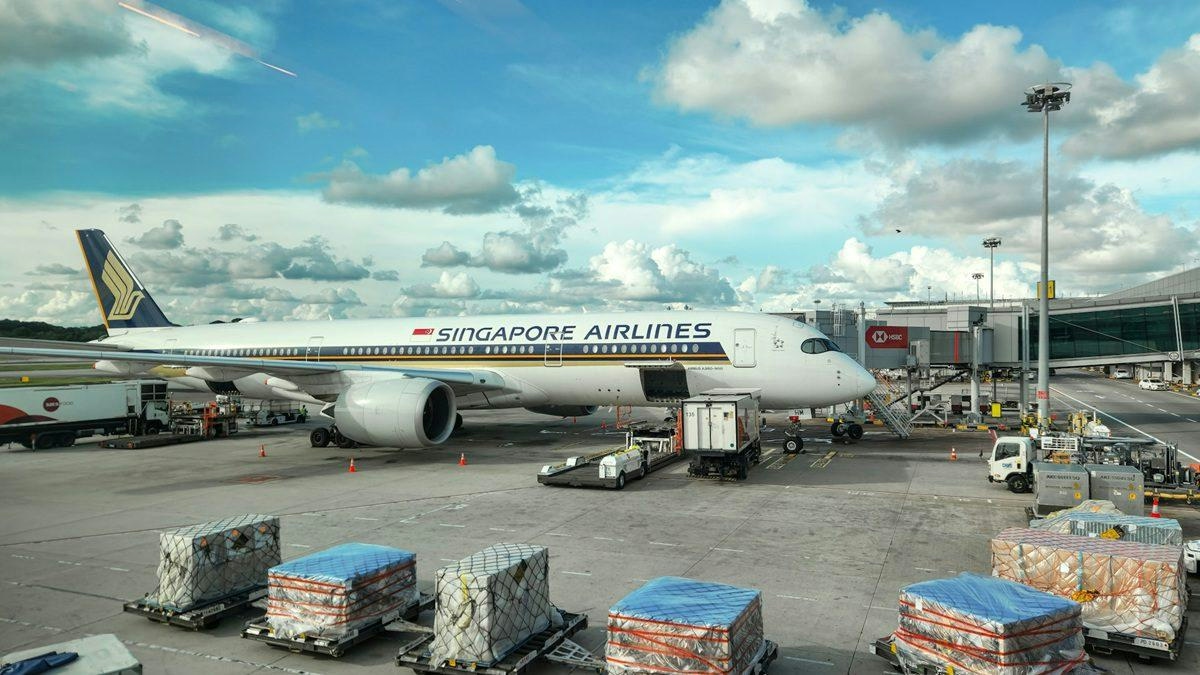
Singapore Airlines Commits to Innovation and Excellence in Travel

Boeing Prepares 777X Prototype for Dubai Airshow Flight Demonstration
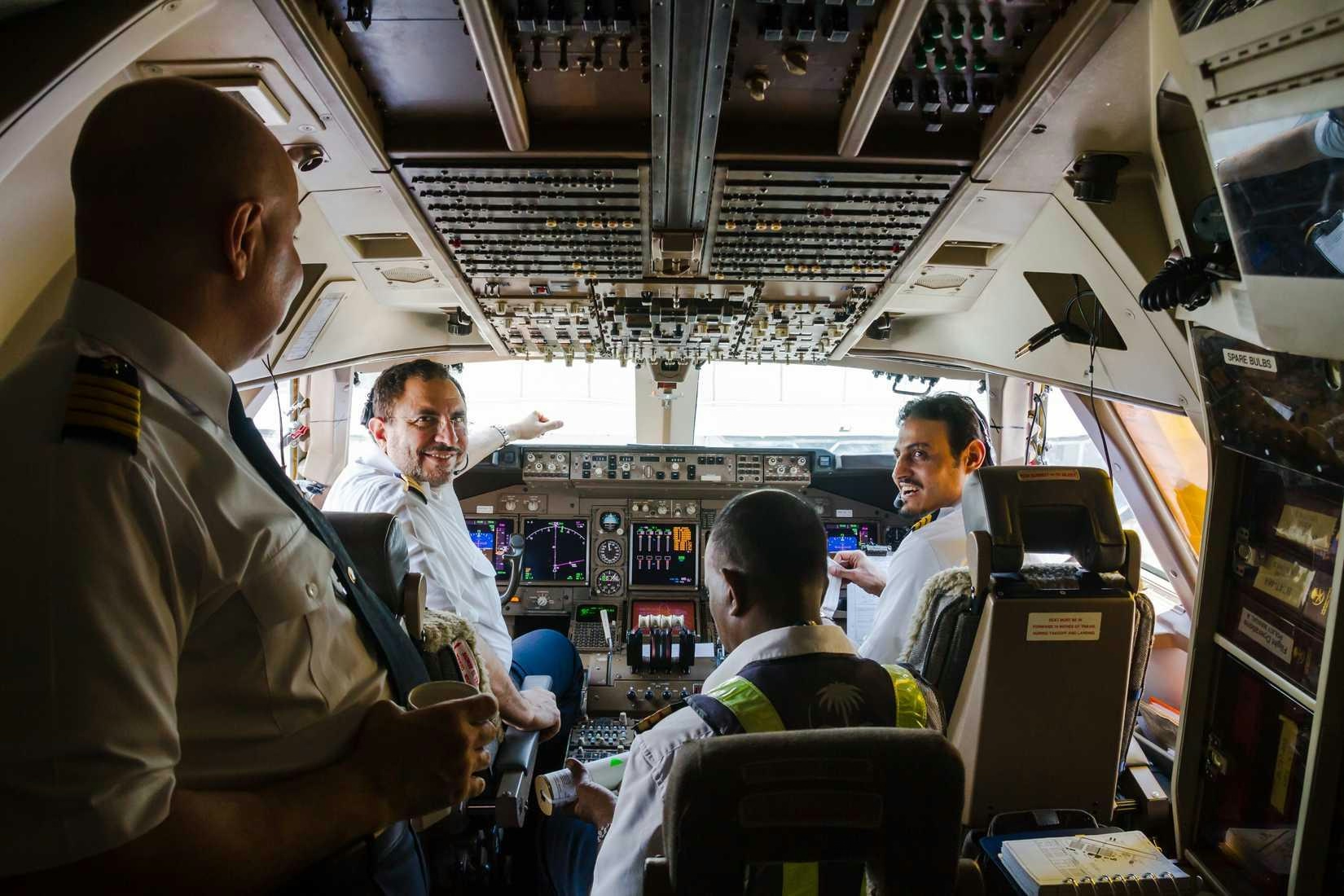
Comparison of Pilot Salaries in the US and Europe

Japan Airlines Explores AI and Smart Tourism at UN Tourism Assembly in Riyadh
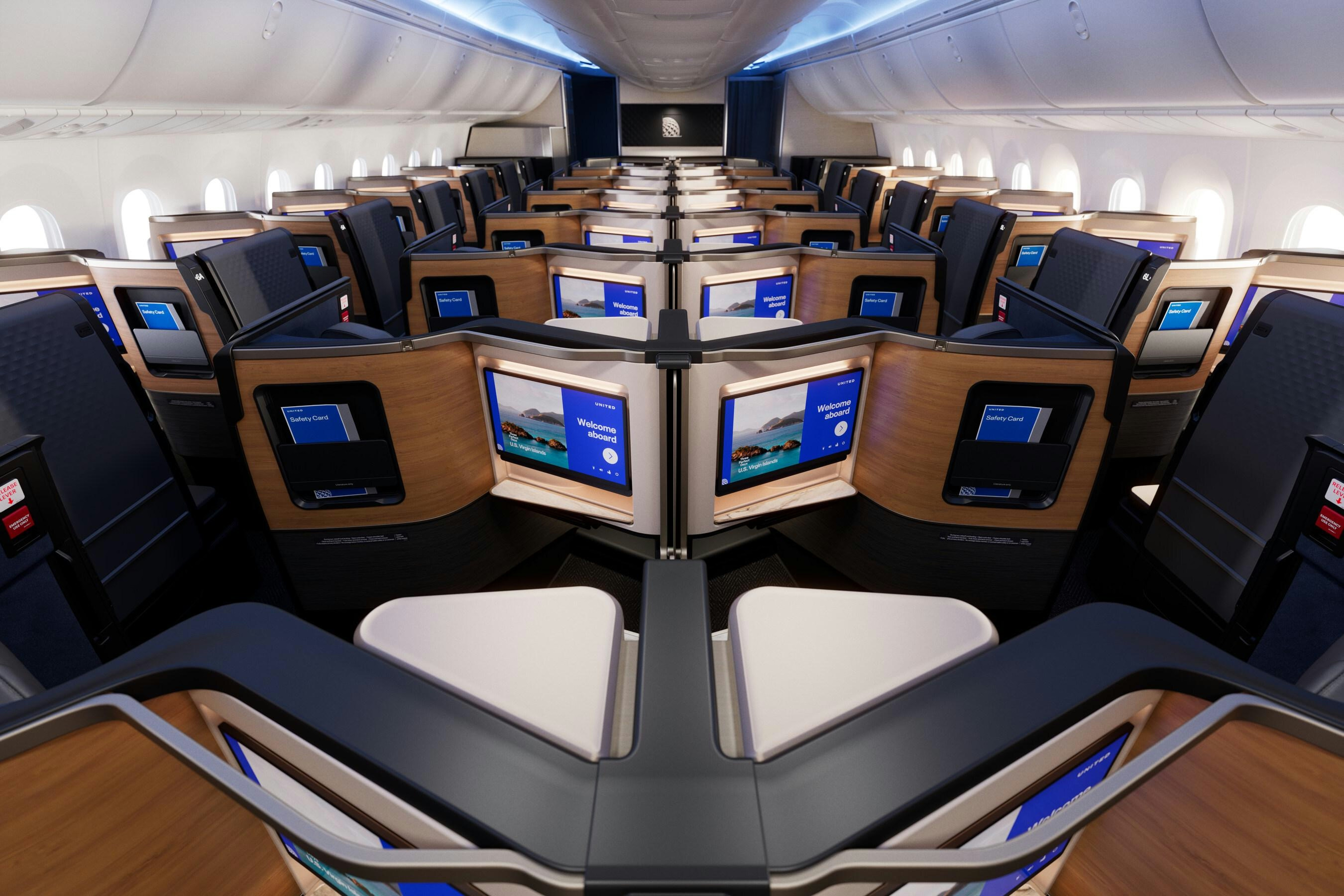
United Airlines Joins Major Carriers in Adopting New Aircraft Technology

Major Airlines Expand Use of Narrowbody Aircraft
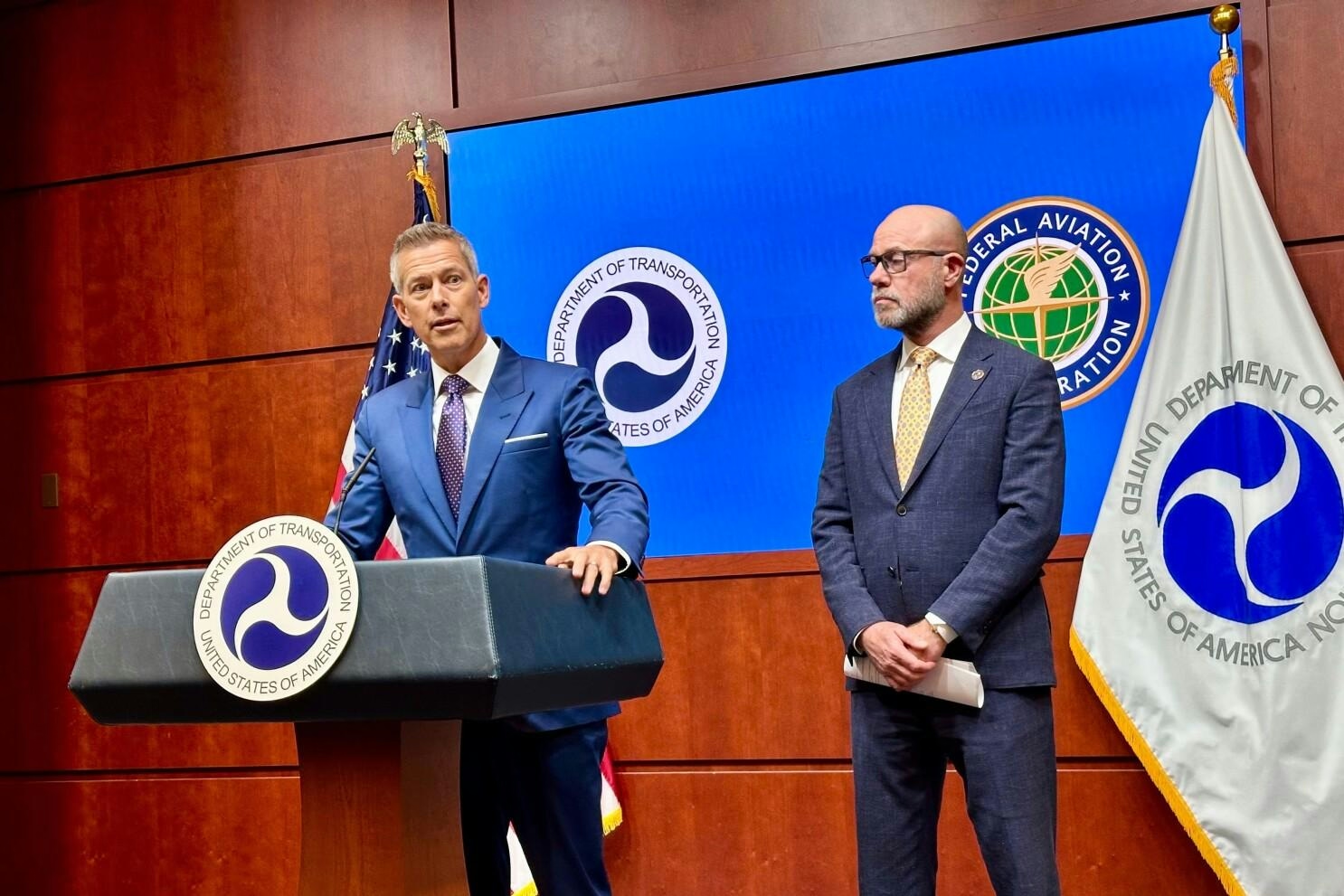
Airline CEOs Urged Trump Officials to Defend Flight Reductions
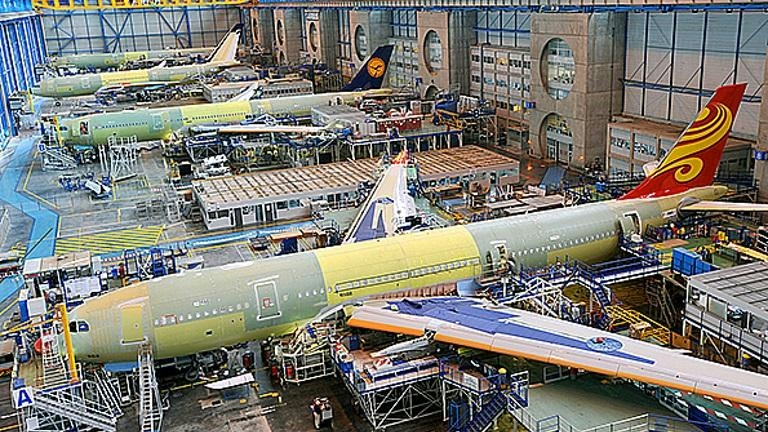
Airbus Orders Rise Amid Global Demand Exceeding Capacity

Germany Signs $1.2 Billion Deal with Leading Helicopter Manufacturer
